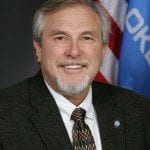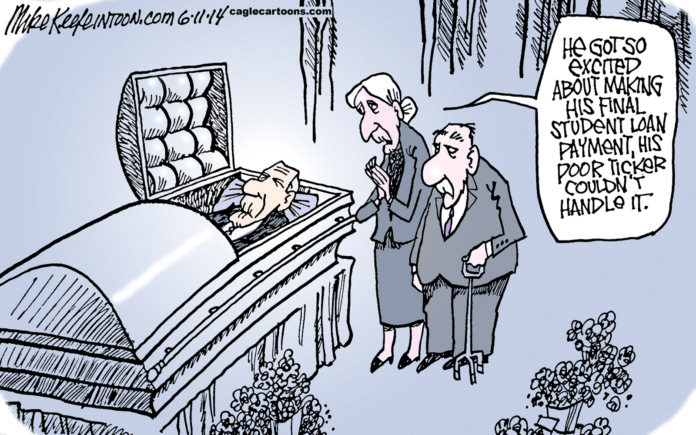BY DAVID PERRYMAN
 Two Rhode Island chemists, Fred Franklin and Ed Aldam, invented an easily replaceable oil filtering element for automobile engines. The bright orange color of their product made it easily recognizable. Their invention was branded by taking the first two letters of Franklin and the last two letters of Aldam and placing them in bold capital letters down the side of the product.
Two Rhode Island chemists, Fred Franklin and Ed Aldam, invented an easily replaceable oil filtering element for automobile engines. The bright orange color of their product made it easily recognizable. Their invention was branded by taking the first two letters of Franklin and the last two letters of Aldam and placing them in bold capital letters down the side of the product.
Hence FRAM oil filters were born. Based on the wise and time-honored adage of “an ounce of prevention is worth a pound of cure,” FRAM’s most successful marketing slogan was, “You can pay me now or you can pay me later.”
The concept of investing an amount of money in a planned and frugal manner as a safeguard against facing a much greater and often unanticipated emergency expense in the future is a benchmark of a financially disciplined life and a quality that we would all like to instill in our children and grandchildren.
Mark Twain applied this concept to education when he observed, “Every time you stop a school, you will have to build a jail. What you gain on one end you lose at the other. It’s like feeding a dog on its own tail. It won’t fatten the dog.”
My personal experience was that in the mid-1970s enrolling in college primarily involved two financial components. First was the out-of-pocket expense of tuition and the second was the deferral of a paycheck from a full-time permanent job.
Tuition was paid by help from home, scholarships, grants and working my way through college. That cost was not easy and I could not have done it on my own, but for me the most difficult part of college was the self-discipline required to stay in school while high school classmates who had not gone to college were accepting full time jobs, buying pickups and houses and settling into their wage earning lifestyles.
The greatest temptation came when the owner of the chain restaurant where I cooked purchased a brand new 1976 Buick. He promised that if I would leave college and go to work for him full time, I could afford a car like his.
Fortunately, I had the option to remain in school. Even then, some did not.
Today, however, with skyrocketing tuition and fees, most prospective college students face a third financial component relating to their decision as to whether to attend college. That component is college debt coupled with income deferral.
According to the 2014 edition of Quick Facts about Student Debt published by The Institute for College Access and Success, the average graduate from a four-year college has just under $30,000 in debt with approximately 20% of that amount being private loans.
Also alarming is the trending increase in students graduating with debt. In 1993, 47% of all college students had debt when they obtained their four-year degree. By 2012, that percentage had escalated to 71% of all students.
To add insult to injury, at a time when the government borrows money at 2% interest and home loan interest runs in the 3% to 4.5% level, the interest rate charged to graduates on their federal loan debt is an excruciatingly high 6.8% annual interest rate and, regardless of the future financial status of the borrower, the college debt is never dischargeable in bankruptcy.
According to a 2014 Fact Sheet published by the Economic Progress Institute, a skilled workforce is key to growing jobs, improving economic security and ensuring the fiscal health of a state and an educated workforce is among the most important attributes a company looks for when deciding where to expand or locate jobs.
In a world where leaders in state government claim that they want families to be stable, wage earners to be economically secure and consumers to be financially able to purchase goods, they do not put their money where their mouth is.
Student debt is an embarrassment and one that the state could address by proper higher education funding.
It is no wonder that Oklahoma’s public secondary schools are experiencing massive teacher shortages. Many college students choose other professions because they do not want to couple their college debt with low teacher pay.
Consequently, many of those who do choose teaching go to states where pay is up to double the amount that Oklahoma pays.
A Sept. 8, 2013 article in the Huffington Post, by Gabrielle Cannon even examined the impact of high college tuition on persons going into the ministry and determined that the long-term impact would be fewer priests.
Just as safe and dependable cars depend upon regular maintenance and oil changes, Oklahoma will soon pay the piper for its deferred “maintenance” of educated children and college students.
We can pay the cost now, or pay it later.
– David Perryman, a Chickasha Democrat, represents District 56 in the Oklahoma House of Representatives








